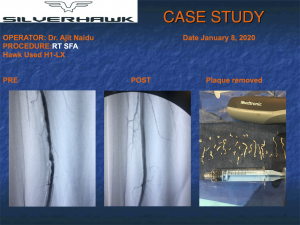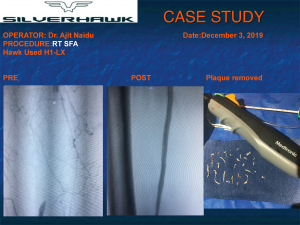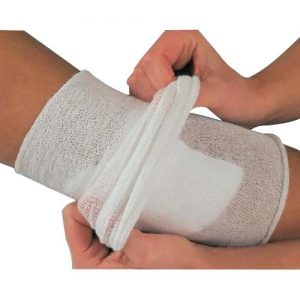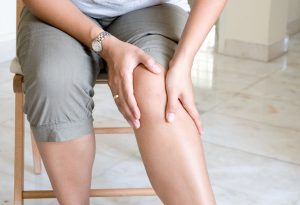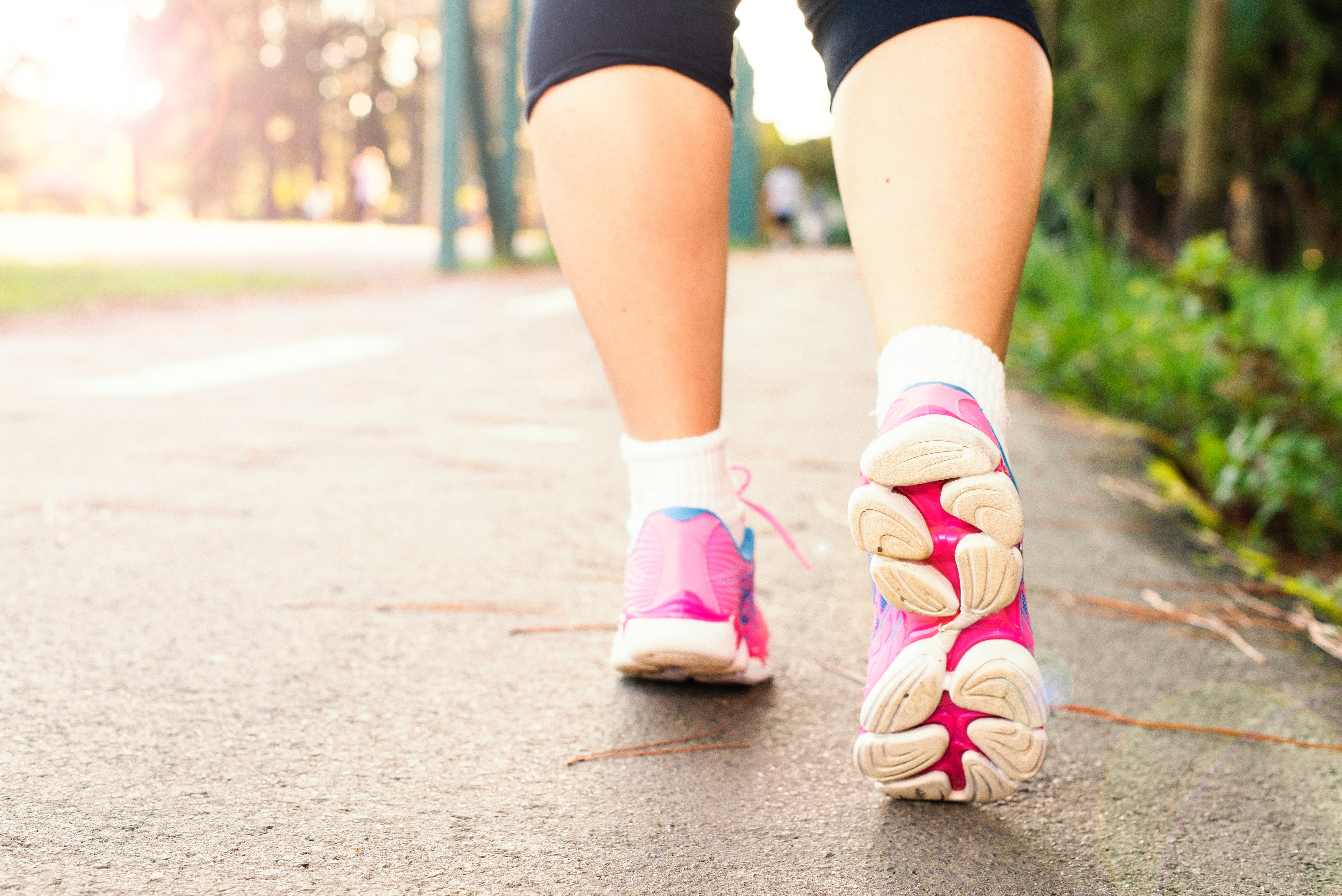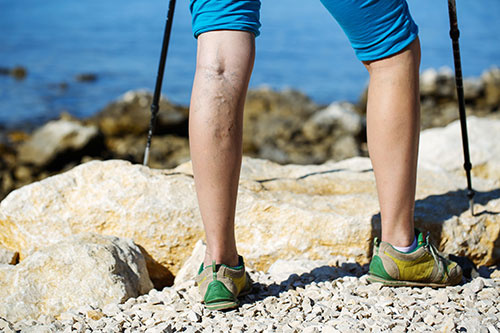For the past couple of years, I’ve been experiencing pain in my legs – specifically swelling and throbbing – every time I walk. My legs cramp and burn frequently. They feel heavy and restless for no reason, and because of the swelling and cramping, I can’t take long car trips anymore. I’ve also noticed that I’ve lost hair on my feet and my toenails seem thicker. Sometimes my feet even change to a reddish or white color. No one seems to know what the problem is or why my legs hurt so much. The only thing that helps is when I rest my leg in an inclined position. What’s causing my leg pain, and what can be done to help my pain go away?
–Kathy from Florence
There are many possible reasons for the leg pain you are currently experiencing.
Chronic Venous Insufficiency
For example, based on the symptoms you’ve outlined, you may be experiencing CVI, or Chronic Venous Insufficiency. CVI occurs when the walls and/or the valves in the leg veins are not working effectively, making it difficult for blood to return to the heart. This condition causes blood to “pool” or collect in your veins, which causes swelling like what you have described.
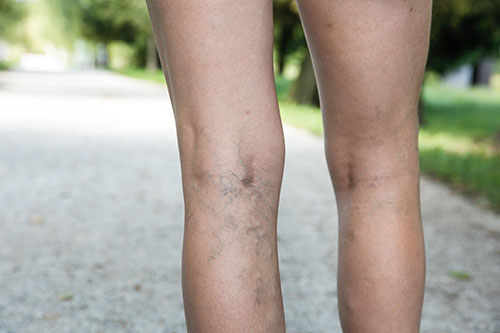
CVI is associated with varicose veins and commonly develops in people who stand or sit for long periods of time. Some symptoms of CVI are:
- Aching or heaviness in the legs
- Itching, tickling, or swelling
- Cramping in the legs at night or while resting
- Reduced pain in the morning or while standing
- Skin color changes around the ankles
- The appearance of “spider veins”
To evaluate CVI, your doctor should recommend a Doppler venous evaluation. To treat CVI, your doctor may suggest the use of compression stockings, which decrease swelling and other symptoms. A cardiovascular specialist can also perform laser ablation to treat CVI.
Arterial Insufficiency
Another possible reason for your leg pain is arterial insufficiency. Arterial insufficiency usually indicates arterial claudication, which results from a lack of blood supply to the muscles.
Some of the symptoms associated with arterial insufficiency include:
- Leg pain while walking
- Calf muscles tightening and cramping while walking
- Redness in the feet while feet are hanging down
- Whiteness in the feet while feet are elevated
- Thickened toenails
- Loss of hair on the feet
Changing position does not usually help with symptoms; in fact, the only thing that often helps is stopping any current activity. As the lack of blood supply gets higher in the leg toward the abdomen, pain while walking may also occur in the buttock muscles.
This is another condition that requires a Doppler evaluation. If a significant blockage is found, then you may also need further arteriographic studies at a cardiac catheterization lab.
Venous Claudication
Another possible condition you may have is venous claudication, which occurs when the leg feels pain, or even freezes, during exercise. If you have venous claudication, you may have a blood flow restriction in the deep venous system, which may develop because of blood clots or post deep venous thrombosis (DVT) scarring. DVT occurs when a blood clot forms in one or more of the deep veins in your body, usually in your legs.
If you’re experiencing this condition, you may also feel chronic edema (or swelling). With venous claudication, elevating the legs should reduce chronic edema and pain. In order to determine if you are suffering from this condition, you should undergo a venous duplex imaging study. Treatment for this condition includes using graded compression stockings and receiving laser ablation treatment for the insufficient veins.
Cellulitis
If you experience a sudden onset of painful red swelling of the lower extremities, accompanied by itching and a swollen leg, you may have cellulitis – otherwise known as a skin infection. This is typically treated with antibiotics and elevating the leg usually helps. However, this could be a sign of acute venous insufficiency as well.
If you experience any of these symptoms, you should have your leg evaluated with Doppler venous ultrasound.
Spinal Claudication
Lastly, another potential reason for leg pain may be spinal claudication. If you are experiencing this condition, you may feel pain in the buttocks and hips when you walk. Spinal claudication may hurt worse with activity but may go away when you rest and when you bend over. The change in posture and the discontinuation of activity decreases pain.
If you believe you may have any of these conditions and want to learn more, call the Cardiovascular Institute of the Shoals at 256-766-2310 to schedule an appointment.
